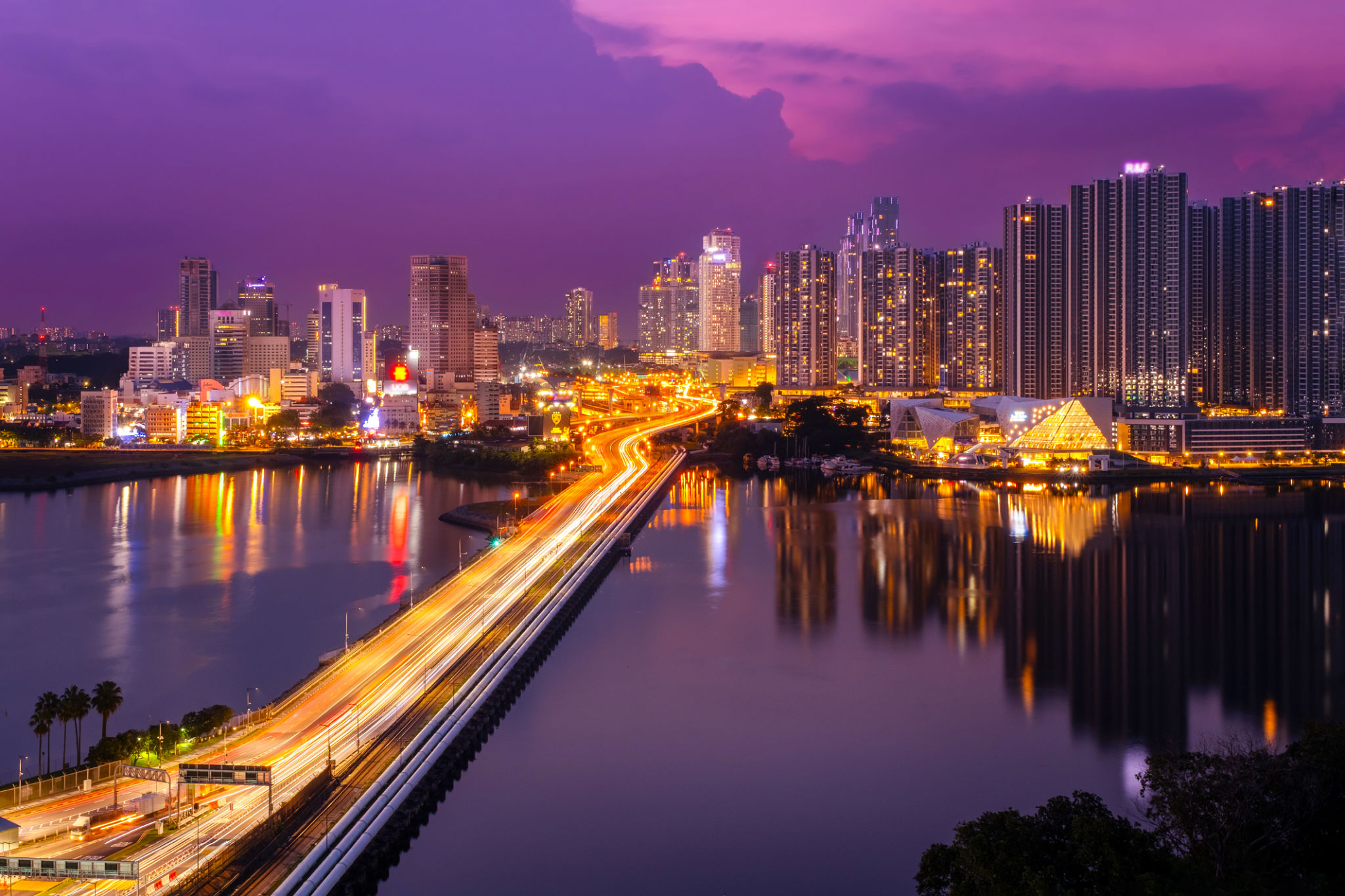How Increased Demand for SG-JB Transfers Post-Pandemic is Changing Travel
Introduction to the Surge in SG-JB Transfers
The COVID-19 pandemic has reshaped global travel trends in numerous ways, and one significant change is the increased demand for transfers between Singapore (SG) and Johor Bahru (JB). As borders reopened and restrictions eased, travel enthusiasts and commuters alike have been eager to explore this popular route once more. The surge in demand is not just about volume but also about how travel dynamics have transformed post-pandemic.
Commuters are increasingly opting for this regional travel due to its convenience, affordability, and the unique blend of experiences both locations offer. The rise in demand for SG-JB transfers is redefining regional tourism and daily commutes.

Factors Driving the Increased Demand
Proximity and Accessibility
One of the primary reasons for the increased demand is the geographical proximity of Singapore and Johor Bahru. The two cities are separated by a mere causeway, making travel between them quick and accessible. This ease of access has attracted not only tourists but also professionals who commute for work.
Economic Considerations
With cost of living differences between the two cities, many Singaporeans find it more economical to shop, dine, and entertain themselves in Johor Bahru. This economic advantage has been a significant factor post-pandemic, as people are more budget-conscious.

Impact on Local Businesses and Economy
The increased demand for SG-JB transfers has had a positive impact on local businesses in both cities. Retailers and service providers in Johor Bahru, in particular, have seen a boost as Singaporeans flock to the city for shopping and leisure activities. This influx of visitors has helped revive local economies that were hit hard during the pandemic.
Moreover, travel agencies and transportation services have adapted to cater to this growing demand by offering more frequent services and attractive packages. This shift has led to increased employment opportunities in the travel and hospitality sectors.

Challenges of Increased Travel Demand
Infrastructure and Traffic
With more people traveling between Singapore and Johor Bahru, traffic congestion has become a notable issue. The existing infrastructure is being stretched to its limits, causing delays at border crossings and on the roads leading to and from the cities. Addressing these challenges requires coordinated efforts from both governments to improve infrastructure and streamline immigration processes.
Environmental Concerns
As travel increases, so does the carbon footprint associated with it. Environmentalists are raising concerns about the impact of increased vehicular emissions on air quality in both regions. Sustainable transport solutions and initiatives promoting public transport are being discussed as potential remedies.
The Future of SG-JB Travel
The future of SG-JB travel seems promising with ongoing discussions about improving transport links, such as high-speed rail projects that could further enhance connectivity. As both cities continue to grow economically and culturally, collaboration between Singapore and Johor Bahru will be crucial in managing this boom sustainably.
Overall, the increased demand for SG-JB transfers is a testament to the resilience of regional travel markets post-pandemic. With strategic planning and investment, this trend can lead to sustainable growth benefiting both cities.

